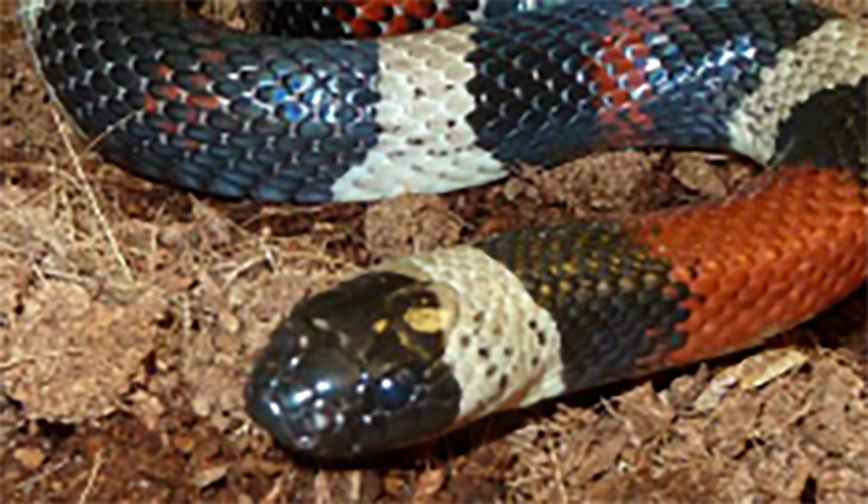Pam’s Perspective
From the…
Pam Otto is the Manager of Natural Programs and Interpretive Services for the St. Charles Park District
November 30, 2012
Well, it happened again.
Without even trying, we’ve managed to add yet another live animal to the displays at the Hickory Knolls Discovery Center.
Some of you may remember the story of Earl Templeton Esq., the young hooded rat who last year made his way into our building, and hearts, via a garbage can and a five-gallon bucket. (Long story short: Someone dumped the rat into a park district trash receptacle, where he was discovered by some of our parks department coworkers. Knowing he wasn’t trash, but unsure exactly what to do, they brought him to us, and today Templeton lives the life of a King—or Earl—in the back room at HK.)
Our latest acquisition arrived under similar circumstances, although besides a garbage truck this critter also got to ride in a police cruiser.
A few weeks ago, we received a call from the fine folks at the Fox Valley Wildlife Center, the Elburn facility dedicated to helping animals in need. Seems they had had a visit from a Geneva police officer, who had responded to a call of a snake in a dumpster.
Sure enough, there had been a slithery reptile—glass tank, water dish and all–tossed away like yesterday’s news. The refuse hauler had heard glass breaking as he was emptying the receptacle into his truck and looked in to find the snake, no doubt feeling a bit fractured, inside an equally fractured aquarium.
Andrea Krueger at Fox Valley described the snake as sweet and gentle, but also noted that other staffers did not feel quite the same. “Could you give it a home?” she asked.
Our answer, which was Yes!, wasn’t hard to come up with. Looking beyond the fact that snakes are a personal favorite, they also happen to be a type of animal we rely on heavily for use in education programs. Another snake, and a pretty one at that, adds diversity to our lineup, and means we don’t have to keep using the same animals over and over again.
All animals that work in education undergo a certain amount of stress, and snakes are no different. Oscar, as we quickly began calling him, thanks to his stay in a garbage can, would need to do his part to help out. In return he would be assured of plenty of days off; a spacious and unbroken aquarium, complete with a heat lamp and a tight-fitting lid; and a hearty meal of thawed rodents once every 10 days or so.
In addition to basic programs on natural history and native wildlife, we use the animals at Hickory Knolls to illustrate another of our education messages: Wild animals need to stay wild, and pets need to stay pets.
Besides the obvious issues of companion animals not knowing where to find food or shelter in the wild, there are other problems that come up when pets are released. Their bodies may harbor foreign bacteria that could make wild animals sick, either immediately or at some point in the future.
In this case, there was also the possibility of predation. Oscar, handsome as he is, is a member of the genus Lampropeltis, the milksnakes and kingsnakes, which are well known for their habit of eating other snakes. Left on the loose, the potential certainly would have existed for Oscar to significantly reduce a local population or two.
And then there’s the risk to local gene pools. Oscar’s a viable adult snake, meaning he’d be ready, willing and able to breed should the opportunity present itself. He’s a milksnake, and we certainly have milksnakes in this area. But our species is the Eastern milksnake, and Oscar most likely is a Pueblan milksnake, native to southern Mexico. I’m all for international relations, but this is hardly the sort of mingling we want to promote.
Clearly whomever once owned Oscar was through with him, but I can’t help but wonder whether that person really knew what he or she was getting into. Snakes in captivity can live 20 years or more; they’re not the three-years-and-done sort of pet experience you can expect from a hamster or gerbil.
I also have to wonder why the person didn’t pursue some of the many options available for re-homing pets. The Chicago Herpetological Society offers an adoption service especially for reptiles and amphibians; an assortment of rescue agencies and even Petfinder.com are only a computer click away.
What I do know is that Oscar has what the pet adoption groups call a forever home. At least as long as the lid on his tank remains tight fitting…

